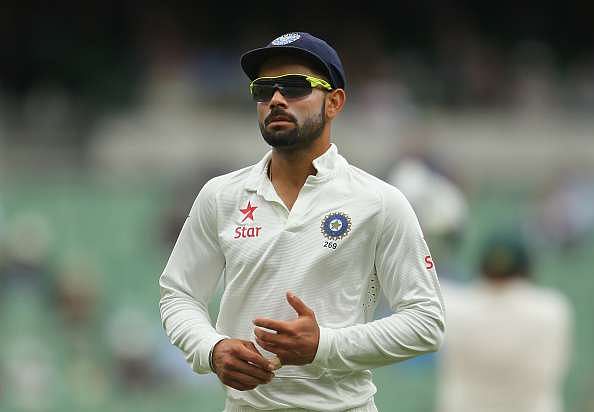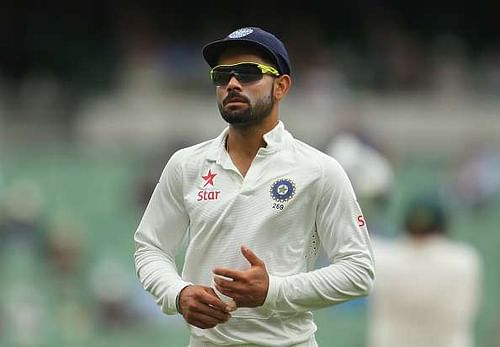
5 dangers for India in the Border-Gavaskar Series

Slammed by many as one of India’s worst Test defeats, made only worse by the fact that it came at home to end their amazing unbeaten streak of 19 Tests, the Pune Test has shaken up the cricket fans in India. Australia were supposed to be steamrolled and they weren’t even supposed to be a threat.
Instead, India faced a 333-run defeat, a thorough humiliation as the batsmen collapsed like a pack of cards, their world-class spinners were out-bowled and their catchers dropped catches like hot potatoes. 64, 31 and 18 were the top three scores by Indian batsmen in both their innings put together.
Suddenly, the momentum is with Australia and they could dare to dream bigger, given they’ve probably already exceeded expectations by not only avoiding the widely-predicted 4-0 whitewash but also thumping India to win a game in India in more than a decade.
Here are five things India need to be careful about if they are to make sure they get their hands on the Border-Gavaskar Trophy:
#1 Batting collapses
This is the team that out-batted England in four of the five Tests. This is the same side that came from 0-1 to win 2-1 against Sri Lanka in Sri Lanka. Yet, all that changed swiftly thanks to the left-arm spin of an unheralded spinner. The fragility is particularly because of Ajinkya Rahane’s poor form.
The usually ‘Mr. Dependable’ batsman had a poor England series too and looked out of touch in both innings against Australia (a half-century in Bangladesh probably didn’t do enough to get his touch back).
Lokesh Rahul has been a hit and miss opener who gives in to cricket’s weirdest impulses, his brain-fade in the first innings triggering the collapse that India never recovered from. Add to that the fact that India went in with only five specialist batsmen, a strategy that was unwise on a bad batting pitch, where four bowlers are good enough for the job.
India has the tendency of losing wickets in clusters and that was seen even against England. Thankfully, against England, there was always lower order resistance but this time that couldn’t happen. India needs to fortify its batting, going back to the 6+4 combination. Strangely, for once, batting and not bowling is a probable worry for India against a balanced Australian bowling attack!